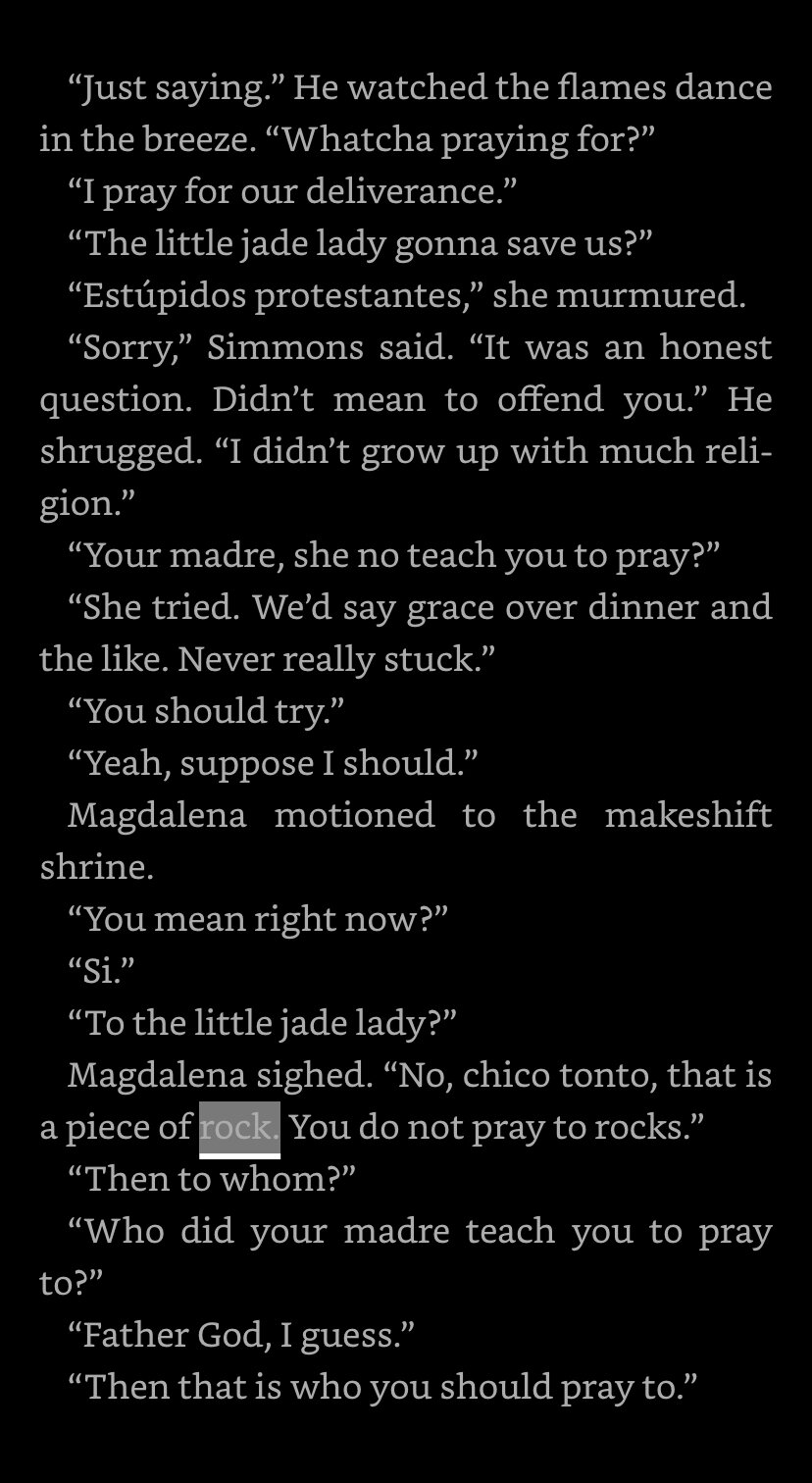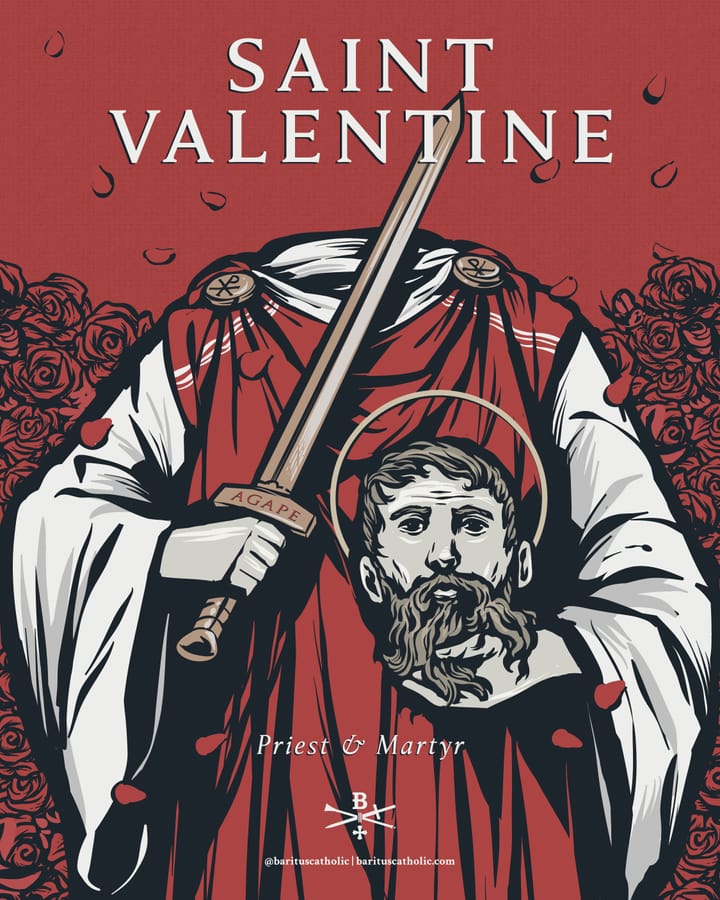The Long View 2008-07-22: Ecology and Eschatology


John J. Reilly’s summary of the actual risks of popular devotions is spot on:
Traditionally, the veneration of images and the cultivation of private devotions have led to actual idolatry much less often than iconoclasts have forecast. If anything, simple people had an easier time than did the educated in distinguishing metaphor from reality, if for no other reason than that to be educated is to be taught a system of metaphors.
I wonder, though, whether the sacralization of the biosphere may pose a greater danger of idolatry than making a statue of Padre Pio. The biosphere is an entity of the mesocosm, as history is. They are both creatures of the middle distance that can, can, block out the far horizon.
I am reminded of the little Mayan postulate in Ryan Williamson’s The Widow’s Son who tries to get a Buffalo Soldier the party picked up to say a Hail Mary with her using a jade statue of Ix Chel her family had kept because it prefigured Mary. The man, who had been a lawyer before joining the Army, is confused as to why they would pray to a statue, and the woman scolds him and tells him its just a rock, Mary isn’t in there.
Ecology and Eschatology
I see that the Vatican is going Green, to borrow a phrase from Jerry Pournelle. Indeed, ecological themes seem to be the great crowd-pleaser during Benedict XVI's recent visit to Australia. In the old days, they would call this kind of evangelization a "popular devotion." Some saint would be canonized, perform a few miracles, and great crowds would turn out for mass prayer meetings to do him honor. The same was true for new prayers and minor liturgies, of which the great and lasting example is the Rosary itself. What all these exercises had in common was that they were not, for the most part, direct praise of the divine, but a focus on some worthy and more comprehensible object in the middle distance. In a way, the principle was like Wittgenstein's Picture Frame model of language: the symbols and images directed your attention toward something that they did not exhaust.
Traditionally, the veneration of images and the cultivation of private devotions have led to actual idolatry much less often than iconoclasts have forecast. If anything, simple people had an easier time than did the educated in distinguishing metaphor from reality, if for no other reason than that to be educated is to be taught a system of metaphors.
I wonder, though, whether the sacralization of the biosphere may pose a greater danger of idolatry than making a statue of Padre Pio. The biosphere is an entity of the mesocosm, as history is. They are both creatures of the middle distance that can, can, block out the far horizon.
These questions are not issues only for Catholics. If you want to read an intelligent model for the incorporation of the biosphere into a radically Christian worldview, you cannot do better than David Neff's piece in Christianity Today, Second Coming Ecology. The article argues that we must care this creation, because it is an earnest of the next creation; or rather, that the present creation groans to be redeemed with us. I would not quarrel with that formula, but I am afraid I must quarrel with this:
Christ didn't come to save just you or just me—though his ultimate sacrifice assures us of our individual worth. He came to save Adam's fallen race by becoming the Second Adam, the head of a new humanity that will someday inhabit a new and improved version of the Eden that Adam and Eve were forced to leave. When we remember that a restored humanity in a restored Eden is the crowning vision of Scripture, we come to see ourselves and our responsibilities in a bigger, broader landscape.
But the crowning vision of Scripture is not a Garden, but a City. Indeed, if we take the images literally, then Ultimate Earth is as oceanless as Mars. As Northrop Frye has pointed out, the progression from man contained in the garden to a wholly humanized universe is the backbone of the Bible.
The point is worth some attention.
Copyright © 2008 by John J. Reilly



Comments ()